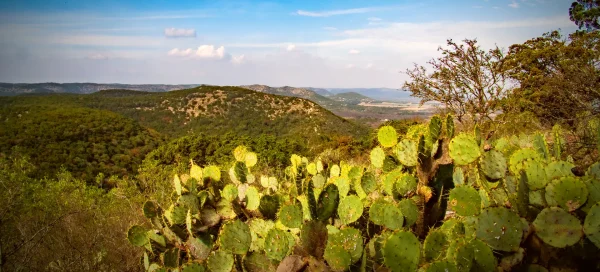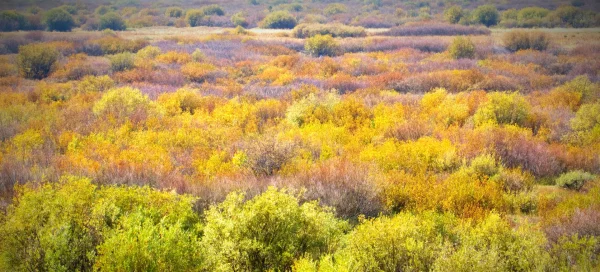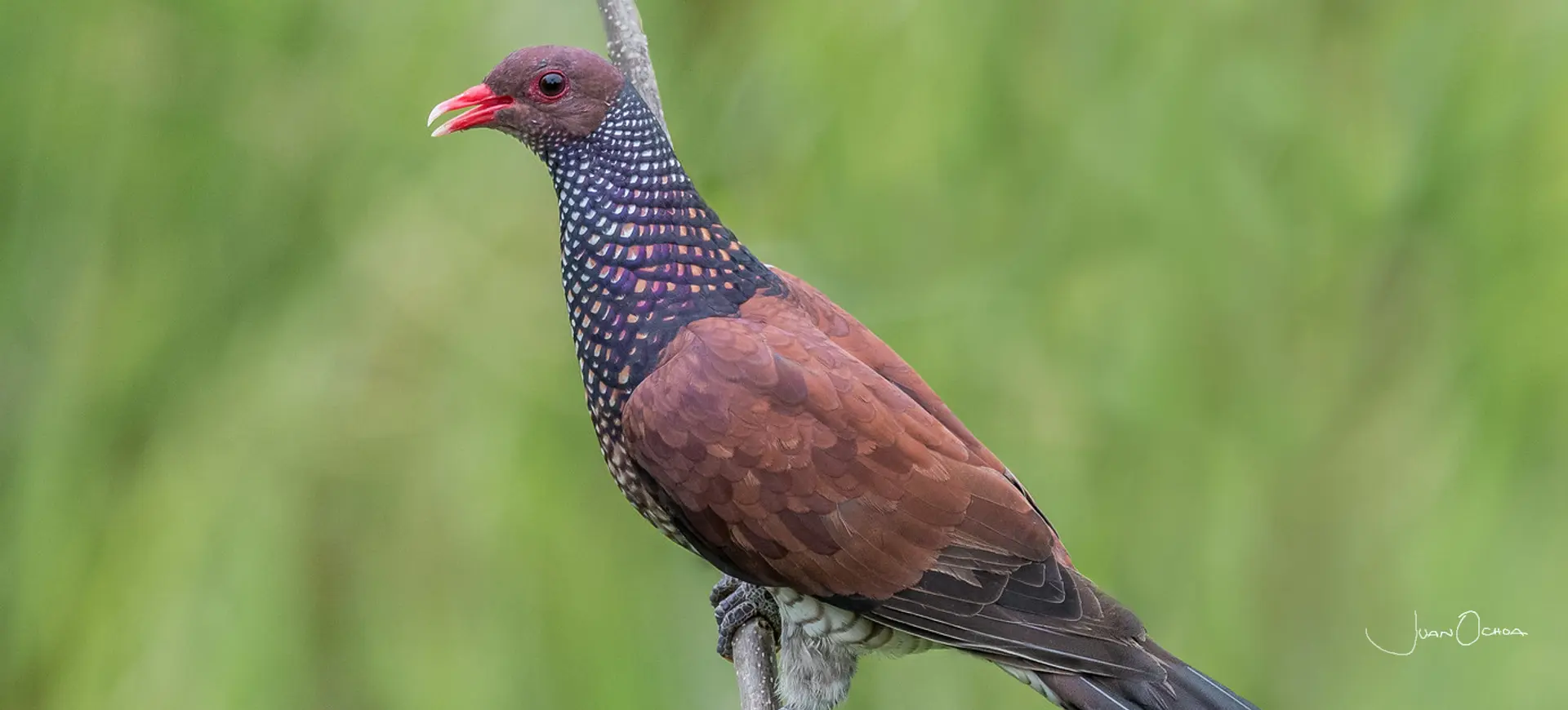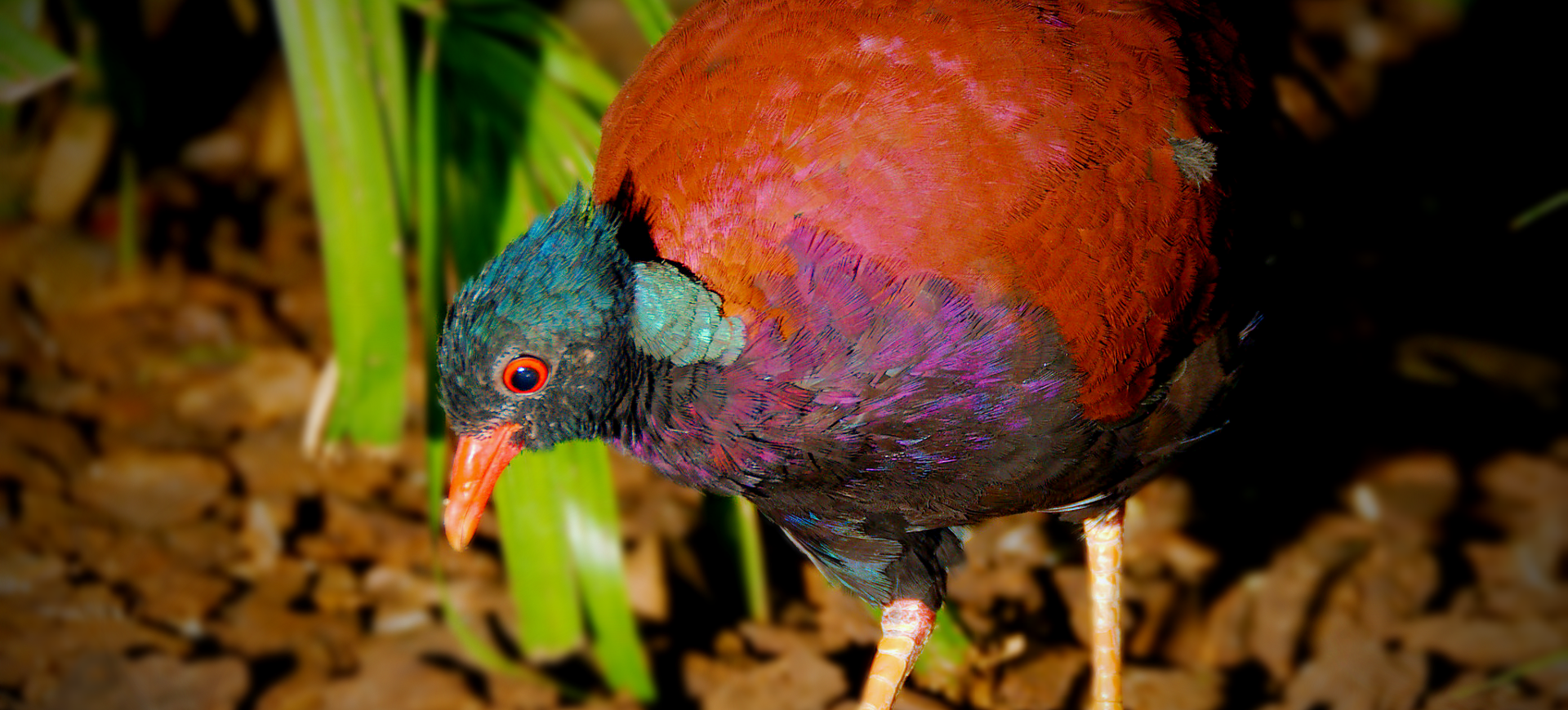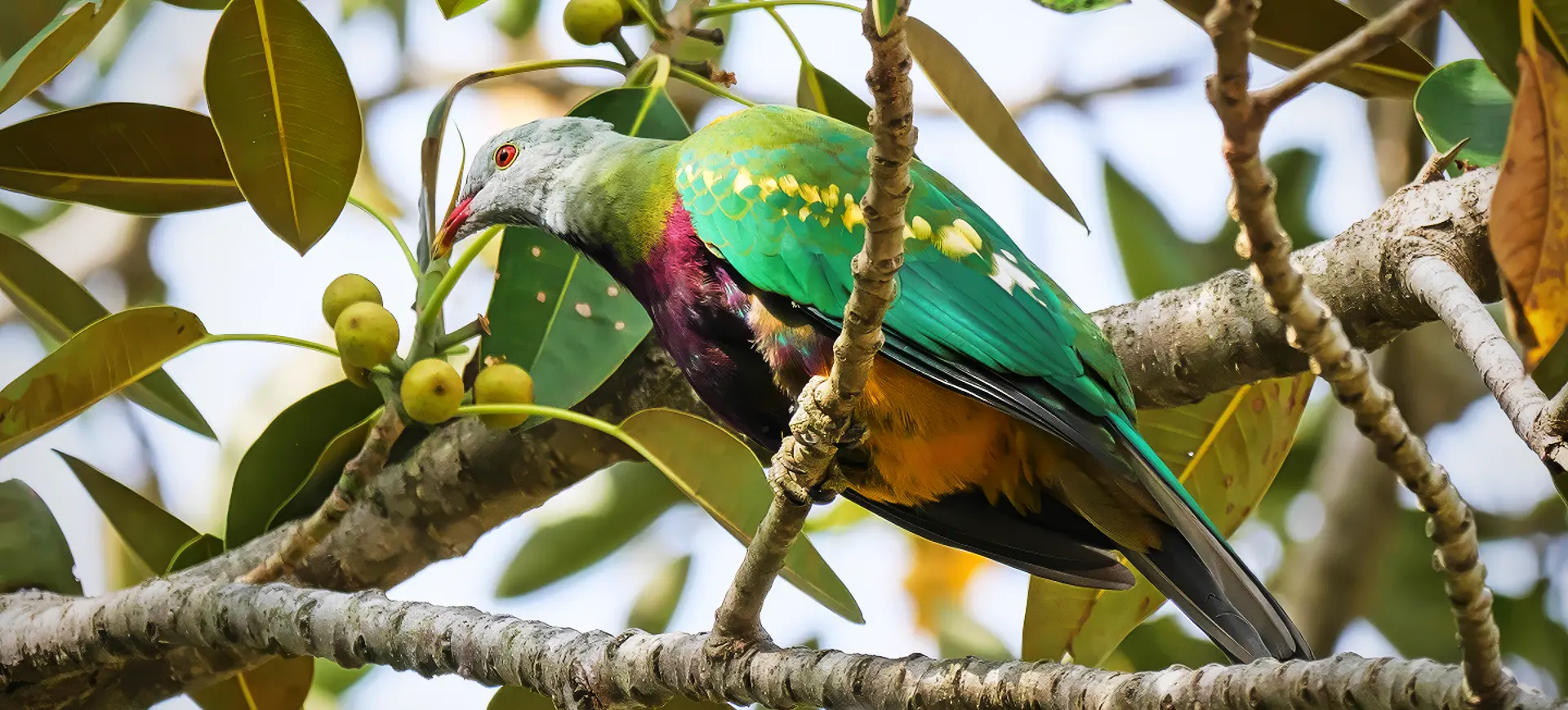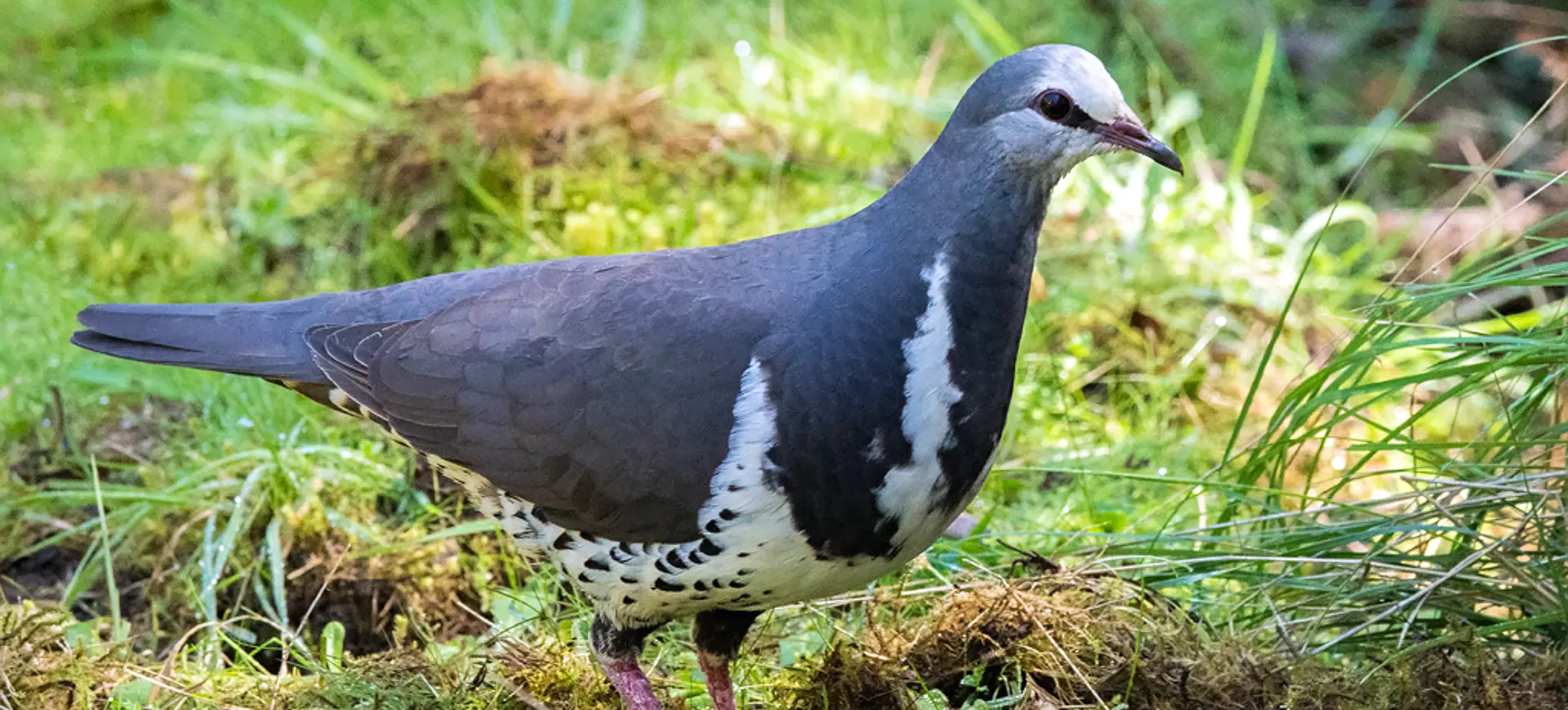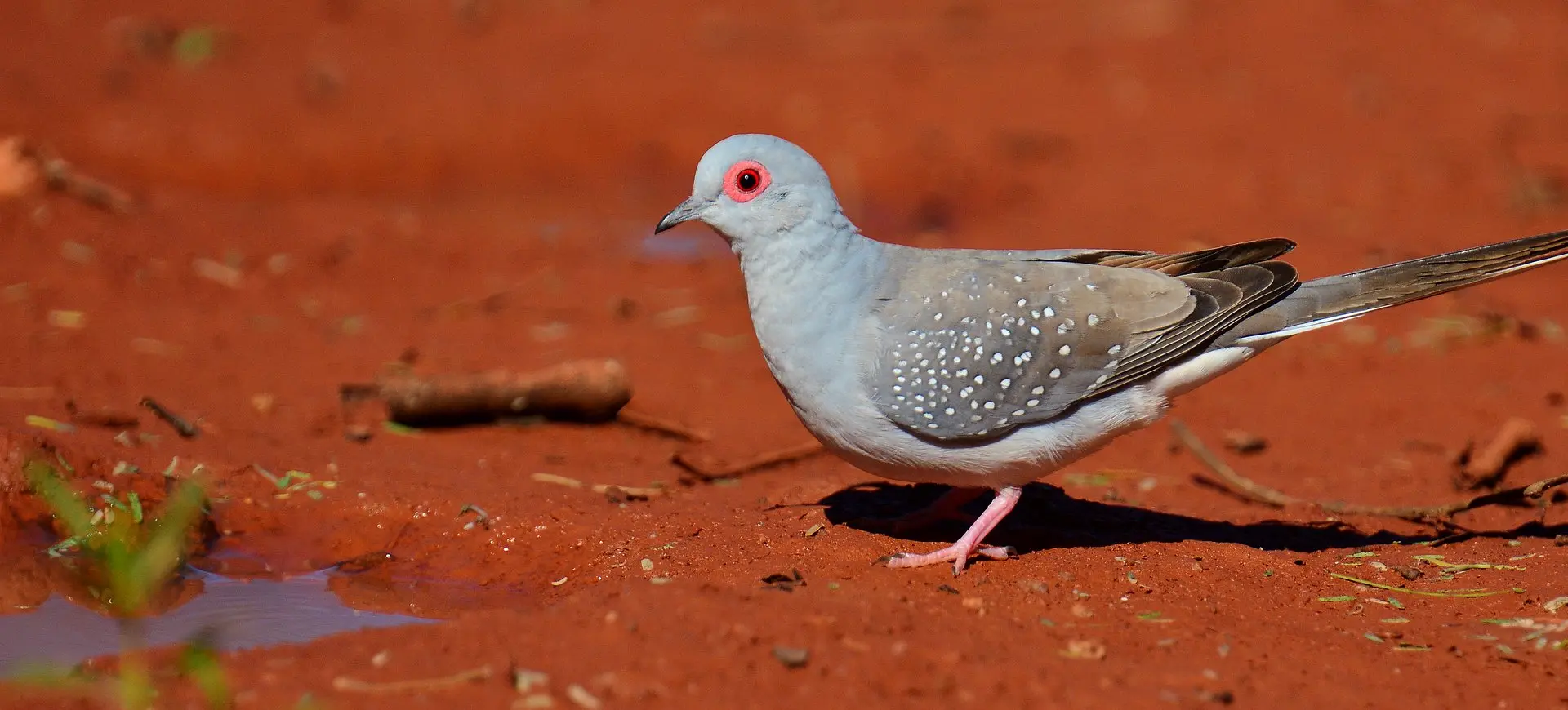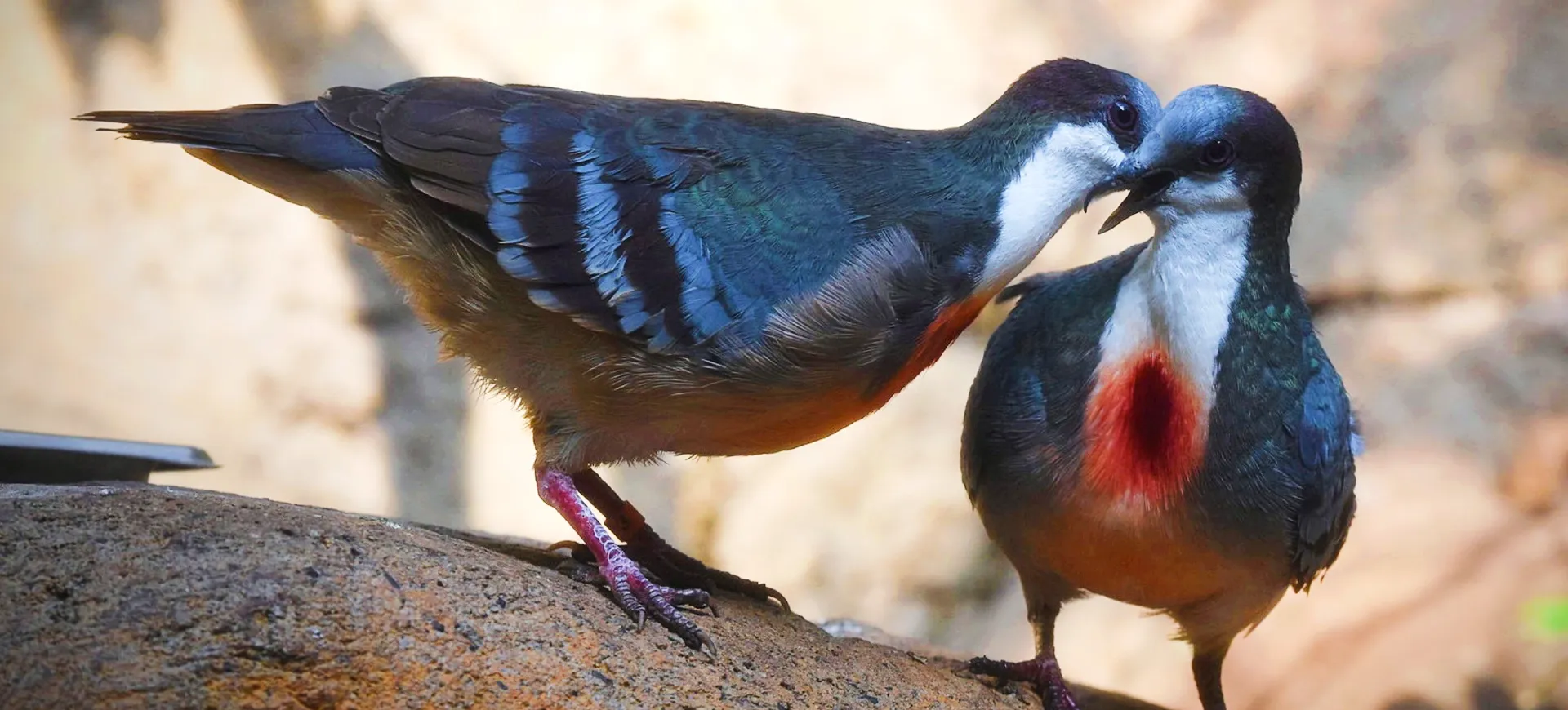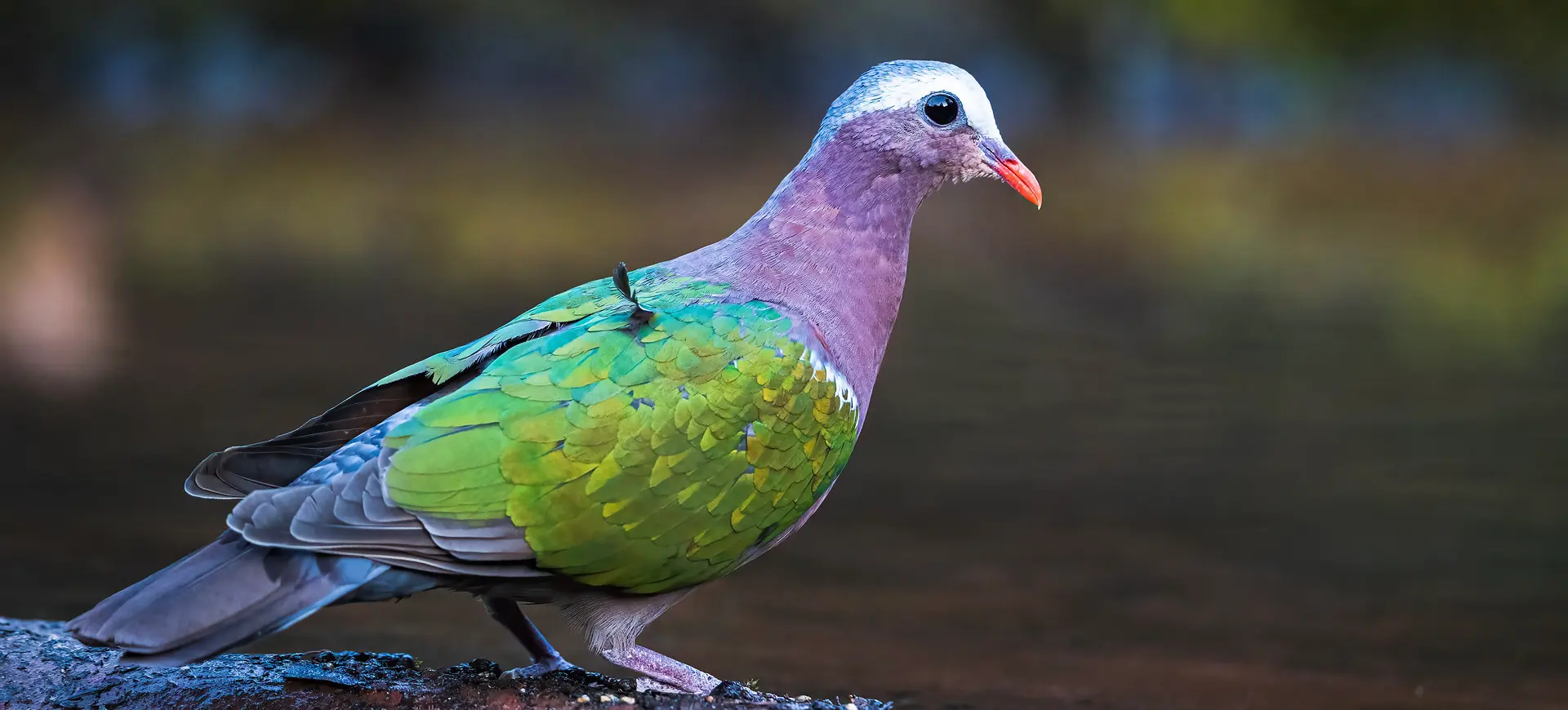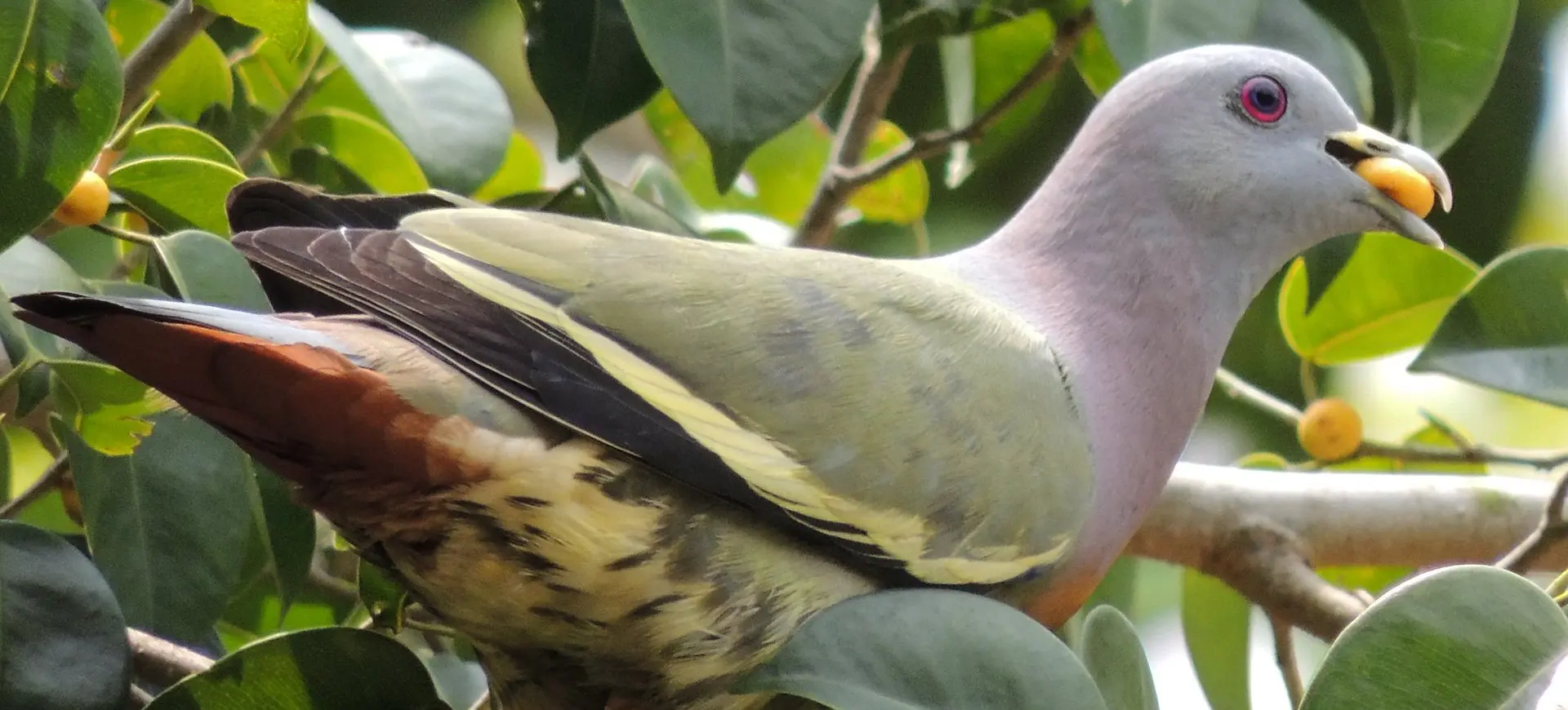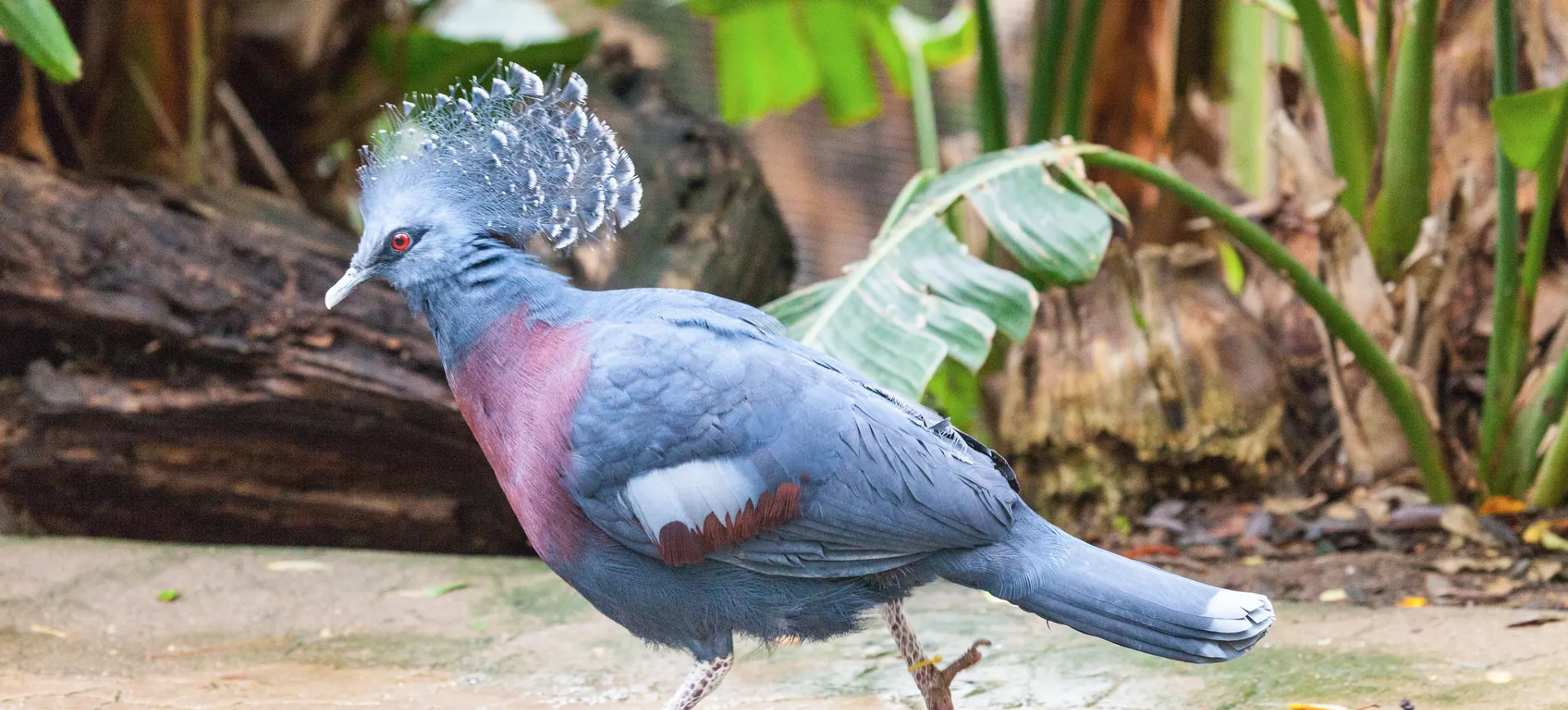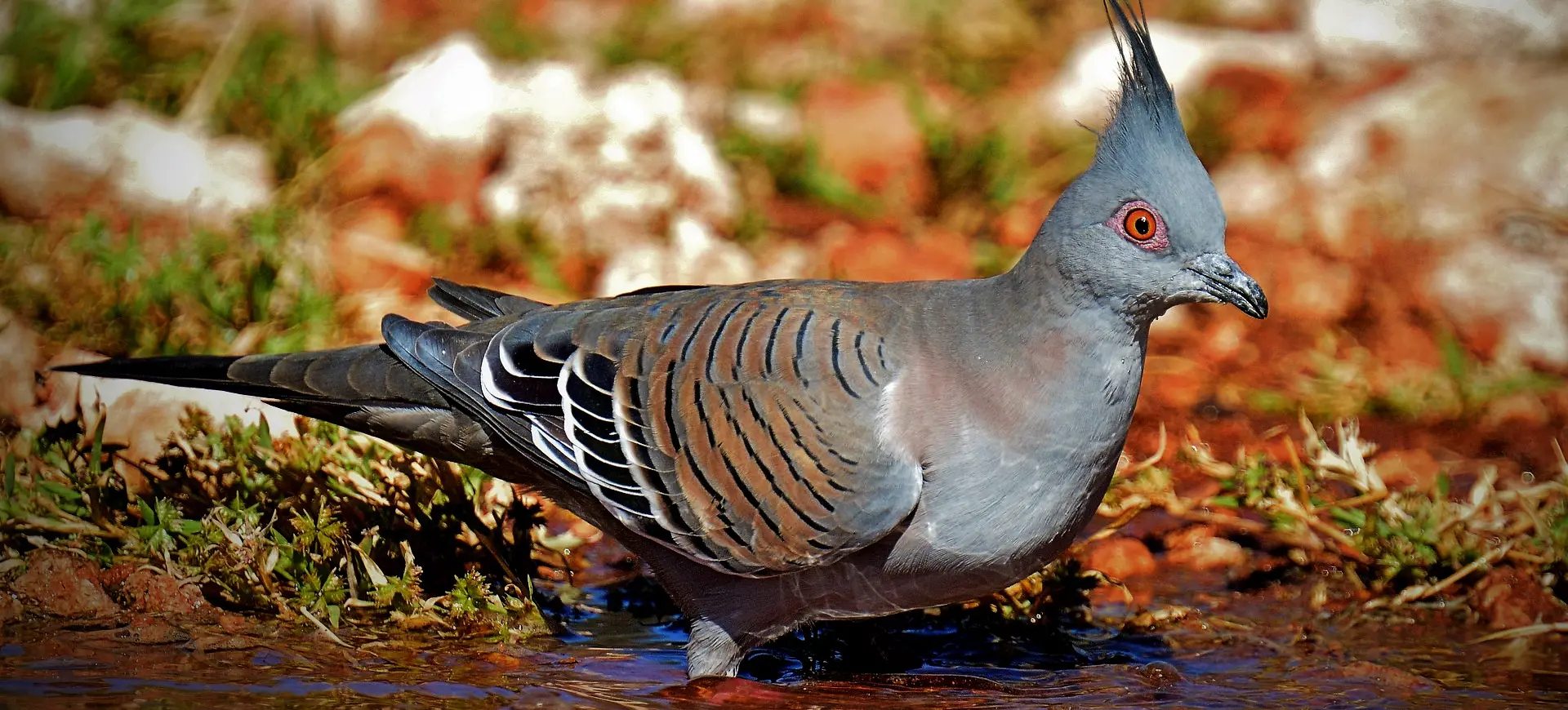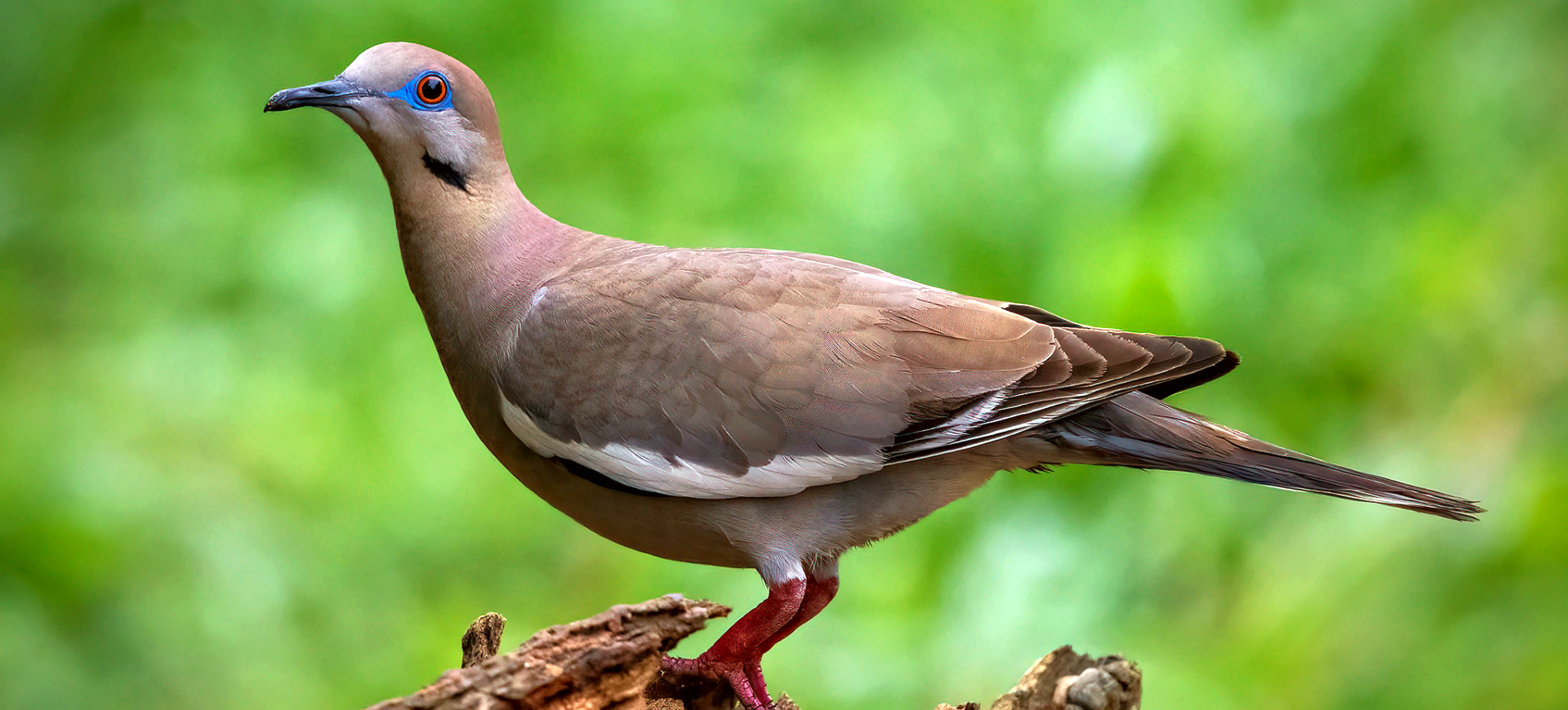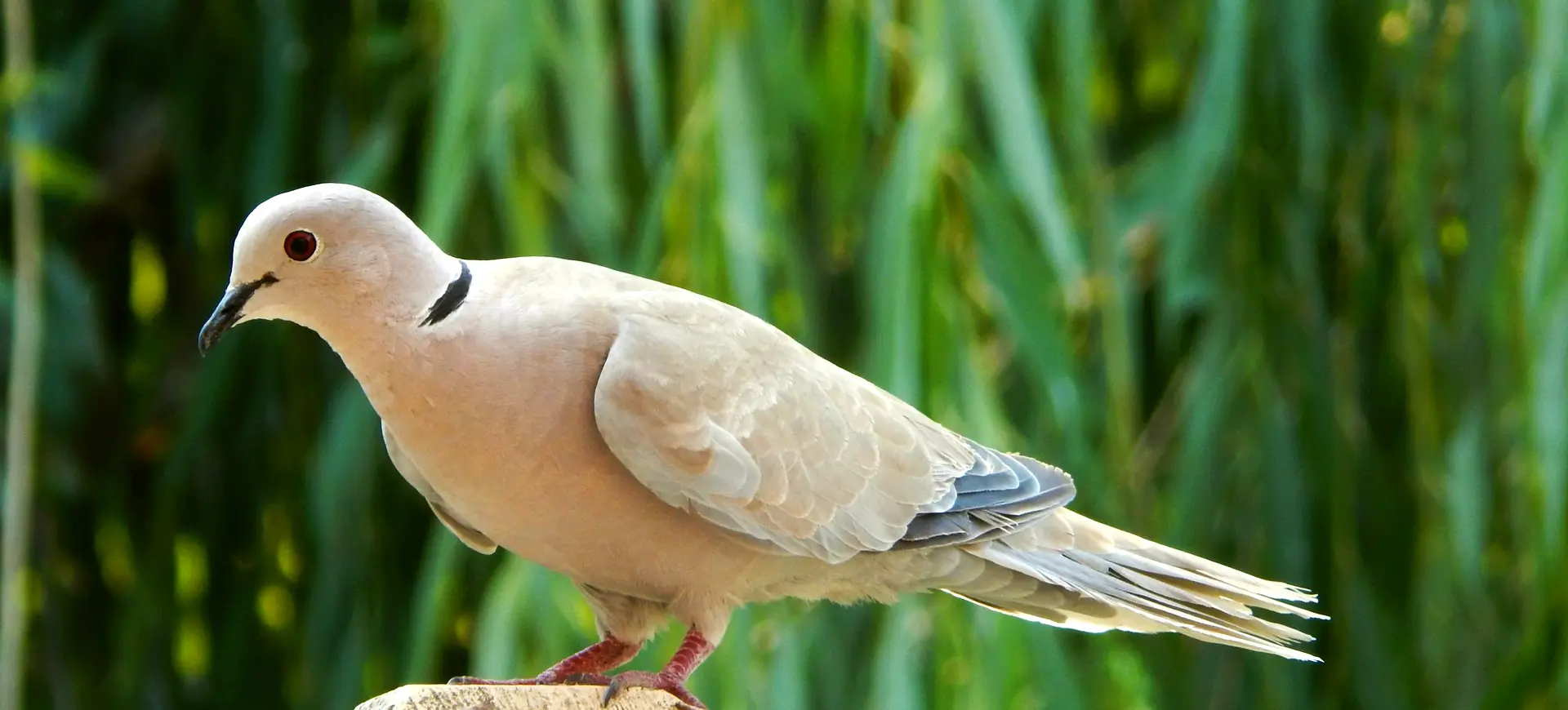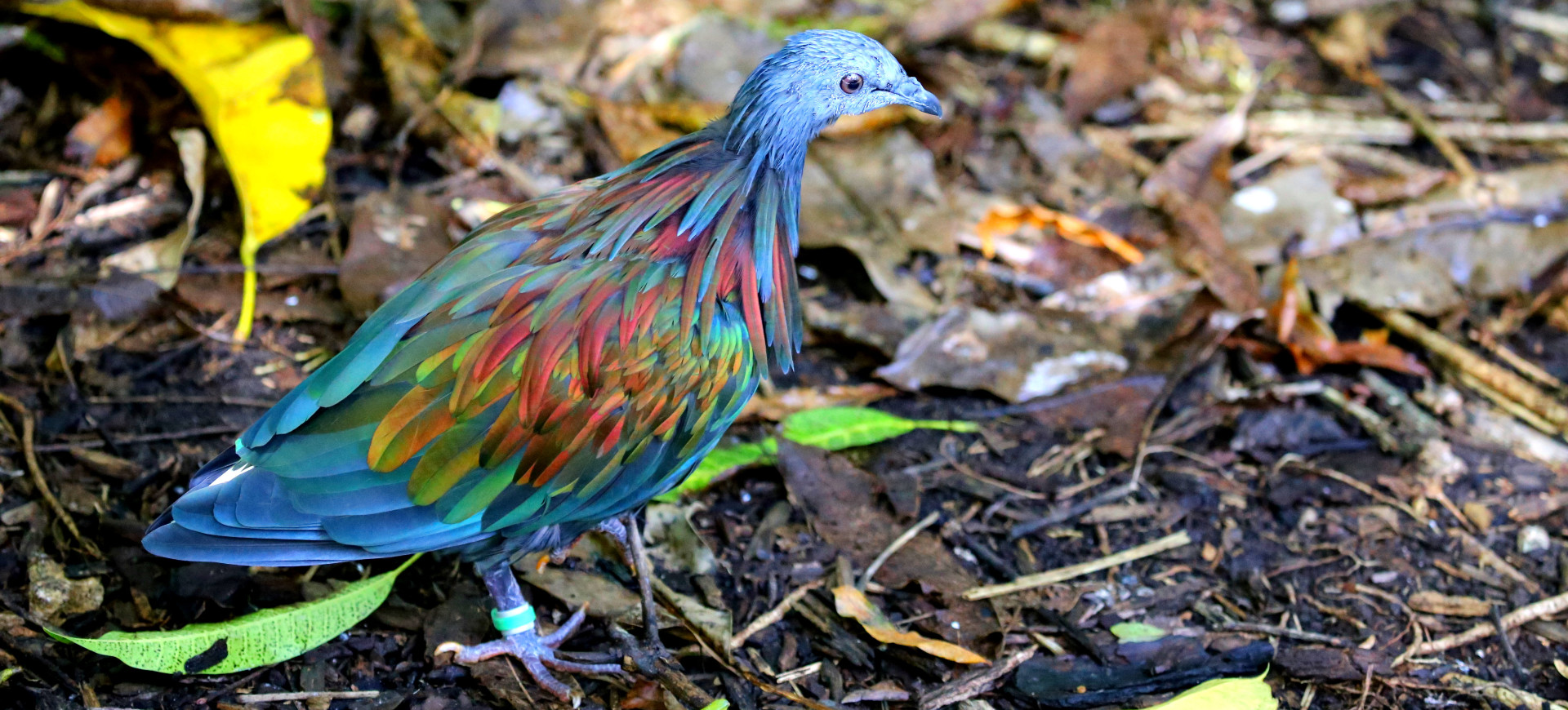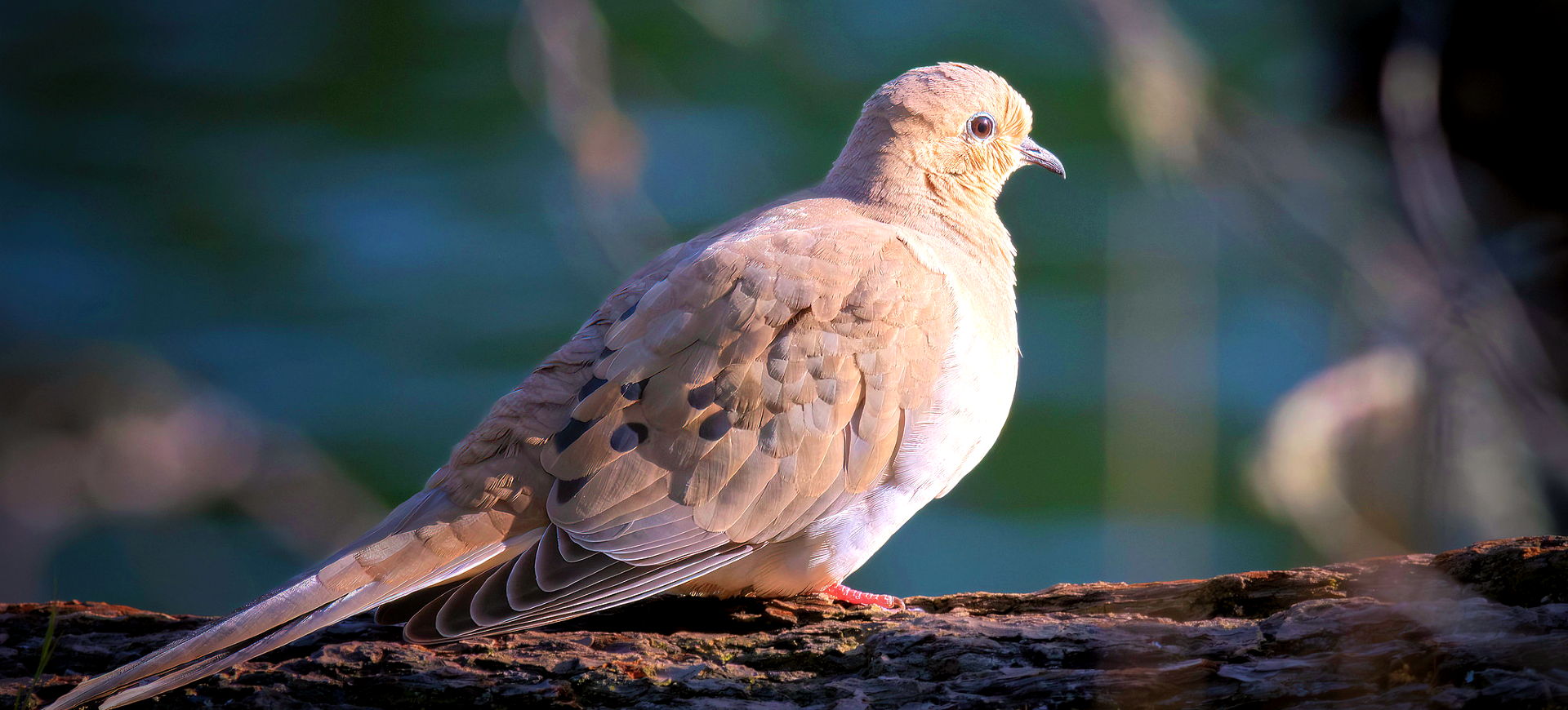Overview
The Laughing Dove, Spilopelia senegalensis, is a small, graceful bird with a distinctive cooing that resembles human laughter, giving it its common name. It is easily recognized by its pinkish-brown body, blue-grey head, and black collar dotted with white spots around its neck. Unlike many pigeon species, it has a slender build and a long tail that fans out in flight, showcasing a variety of colors. This bird is a common sight in its native habitat, thriving in rural and urban settings due to its adaptable nature.
Adapted to various environments, the Laughing Dove can be found in arid deserts, lush gardens, and bustling cityscapes. Its diet is versatile, consisting mainly of seeds, grains, and small insects, which it forages from the ground. The species has a gentle demeanor, moving with an air of tranquility that belies its wild nature. Its ability to coexist with humans has led to its proliferation across diverse landscapes, from the savannas of Africa to the urban centers of the Indian Subcontinent.
The Laughing Dove’s presence across various biomes is a testament to its resilience and adaptability. It utilizes a wide array of nesting sites, from tree branches to ledges on buildings, demonstrating its versatility in habitat selection. This adaptability has allowed the species to maintain stable populations even in areas undergoing rapid urbanization. The bird’s melodious cooing adds a layer of natural music to its habitats, enriching the auditory landscape of its regions.
Taxonomy
Kingdom
Phylum
Class
Order
Family
Genus
Species
Sub Species
Type
Physical Description:
The Laughing Dove is characterized by its small size, measuring about 25 cm long, with a wingspan reaching up to 45 cm. Its body is predominantly pinkish-brown, with a distinctive pattern of black and white neck spots resembling a collar. The wings display a subtle array of colors, including shades of blue and red, which become more pronounced in flight. Its tail is marked with white and black, providing a striking contrast when the bird is airborne.
Both male and female Laughing Doves exhibit similar plumage, making distinguishing between the sexes based on appearance alone is challenging. Juveniles tend to have a more muted color palette, with less pronounced collar markings, until they reach maturity. The bird’s sleek profile and elegant movements are emblematic of its species, contributing to its aesthetic appeal. Its physical attributes and adaptability have enabled the Laughing Dove to colonize a vast range of habitats, from the open countryside to densely populated urban areas.

Lifespan: Wild: ~15 years || Captivity: ~20 years

Weight: Male: 2.8-4.2 oz (80-120 g) || Female: 2.8-4.2 oz (80-120 g)

Length: Male: 9-11 in (23-28 cm) || Female: 9-11 in (23-28 cm)

Wingspan: Male & Female: 17-18.5 in (43-47 cm)

Top Speed: 34 mph (55 km/h)
Characteristic:
Native Habitat:
The Laughing Dove is native to a wide range of habitats that stretch across Africa, the Middle East, and the Indian Subcontinent. It thrives in semi-arid areas, farmlands, open woodlands, and has adapted remarkably well to urban environments. This adaptability allows it to exploit a variety of food sources and nesting sites, from natural tree cavities to niches in urban architecture. Its presence in densely populated areas is a testament to its ability to coexist with humans, utilizing gardens, parks, and feeding areas to its advantage.
In its natural habitat, the Laughing Dove prefers environments that offer ample food sources and shelter. It is commonly found near water sources in arid landscapes, which are crucial for its survival in hotter climates. The bird’s ability to adapt to various environmental conditions has enabled it to maintain stable populations across its range. Conservation efforts in some regions have focused on preserving natural habitats to ensure the species continues to thrive.
Biomes:
Biogeographical Realms:
Countries:
Diet:
Diet & Feeding Habits:
The Laughing Dove’s diet primarily consists of seeds, grains, and occasionally small insects, making it an omnivorous species. It forages on the ground, pecking at food items precisely, often in pairs or small flocks. It adapts to consume human-provided food sources in urban environments, demonstrating its opportunistic feeding behavior. This flexibility in diet has been crucial to its survival in varied habitats, allowing it to thrive in areas where natural food sources may be scarce.
Feeding habits of the Laughing Dove include a preference for open spaces where it can easily spot potential threats while foraging. Its gentle nature is evident in its feeding behavior, as it seldom competes aggressively with other birds. The species plays a role in seed dispersal, contributing to the health of its ecosystem. Conservation of natural habitats and responsible feeding practices in urban areas can support the Laughing Dove’s diverse diet and feeding needs, ensuring its continued prosperity.
Mating Behavior:
Mating Description:
The Laughing Dove is monogamous, with mating pairs often forming strong bonds that can last for several breeding seasons. During the courtship period, males perform elaborate displays that include soft cooing, bowing, and flapping their wings to attract females. These behaviors are complemented by the male’s vibrant plumage, which is used to catch the attention of potential mates. Nesting sites are carefully selected, often in trees or on man-made structures, where the female lays two eggs.
Both parents are involved in the care of the offspring, sharing duties such as incubating the eggs and feeding the chicks. This cooperative parenting strategy increases the survival rate of the young, ensuring that at least some reach maturity. The Laughing Dove can breed multiple times a year, taking advantage of the abundant food sources in its environment. This reproductive strategy has contributed to the species’ ability to maintain and grow its population across a wide geographic range.
Reproduction Season:
Birth Type:
Pregnancy Duration:
Female Name:
Male Name:
Baby Name:
Social Structure Description:
The Laughing Dove exhibits a largely solitary or pair-based social structure, with individuals or pairs occupying territories yearly. While they may gather in small flocks at abundant food sources, such as grain spills or bird feeders, they do not form large, cohesive groups. Territorial behavior is more pronounced during the breeding season when males display to attract females and defend their nesting area. Beyond breeding, Laughing Doves display a more relaxed interaction with conspecifics, often feeding nearby without aggression.
The species’ social dynamics are characterized by strong pair bonds, with monogamous pairs often remaining together for multiple breeding seasons. Parental care is a cooperative effort, with both males and females contributing to nest building, incubation, and feeding the young. This cooperative breeding strategy enhances the survival prospects of the offspring, reinforcing the social bond between mates. The Laughing Dove’s social structure and behaviors are key to its adaptability and success in various environments, from natural habitats to urban landscapes.
Groups:
Conservation Status:
Population Trend:
The Laughing Dove’s population is considered stable and widespread across its extensive range, reflecting its adaptability and resilience. Its ability to thrive in natural and urban environments has contributed to its success, with no significant global threats identified that could impact its population in the near term. In many areas, the species benefits from the proliferation of agricultural lands and urban settings, which provide ample food resources and nesting sites.
Despite its stability, local populations may experience fluctuations due to habitat destruction, predation, and human activity. However, these impacts have not resulted in significant declines at the species level. Continuous monitoring and research are important to understand regional population dynamics and to ensure that the Laughing Dove remains a common and familiar sight across its range. Conservation efforts are currently focused on habitat preservation and mitigating the impacts of urbanization on local populations.
Population Threats:
The primary threats to the Laughing Dove include habitat destruction, predation by invasive species, and the use of pesticides in agriculture. Urbanization and expanding human settlements into natural habitats can lead to the loss of nesting sites and feeding grounds. Predation by cats, rats, and other introduced predators in urban areas also poses a risk to eggs and fledglings. Pesticides in agriculture can reduce the availability of seeds and insects, impacting the dove’s food sources.
Despite these threats, the Laughing Dove’s adaptability and generalist diet have allowed it to maintain stable population levels. Its ability to exploit a wide range of habitats, including urban environments, has enabled it to overcome challenges many other species face. Conservation efforts to protect natural habitats and regulate pesticide use can further support the species’ well-being. Education and awareness programs can also help mitigate the impact of domestic predators in urban areas.
Conservation Efforts:
Conservation efforts for the Laughing Dove have been minimal, largely due to its widespread distribution and stable population status. However, general conservation practices that benefit many species also support the Laughing Dove. These include habitat conservation, creating green spaces in urban areas, and regulating the use of pesticides and other chemicals. In some regions, efforts to control invasive predator populations have been beneficial not only to the Laughing Dove but also to other native bird species.
Promoting biodiversity in agricultural practices can help maintain the ecological balance and ensure the availability of food resources for the Laughing Dove. Conservation education and awareness campaigns can encourage the protection of nesting sites and the reduction of threats from domestic animals. Although the Laughing Dove is not currently a focus of targeted conservation programs, maintaining healthy ecosystems and mitigating the impacts of human activity are essential to preserving its population for the future.
Additional Resources:
Fun Facts
- The Laughing Dove’s call is reminiscent of human laughter, giving rise to its common name.
- It is one of the few bird species that can drink water by sucking it up without needing to tilt its head back.
- The species can remarkably adapt to urban environments, often thriving near humans.
- Laughing Doves are known for their monogamous relationships, with pairs often staying together for multiple breeding seasons.
- They can have multiple yearly broods, especially in regions with favorable climate conditions.
- The Laughing Dove’s diet is highly adaptable, allowing it to consume various seeds, grains, and occasionally insects.
- It plays an important role in seed dispersal, contributing to the health of its ecosystem.
- The species is widespread across Africa, the Middle East, and the Indian Subcontinent.
- The conservation status of the Laughing Dove is currently listed as Least Concern, reflecting its stable population.
- The bird’s gentle cooing and peaceful demeanor make it a favorite among bird watchers and nature enthusiasts.

